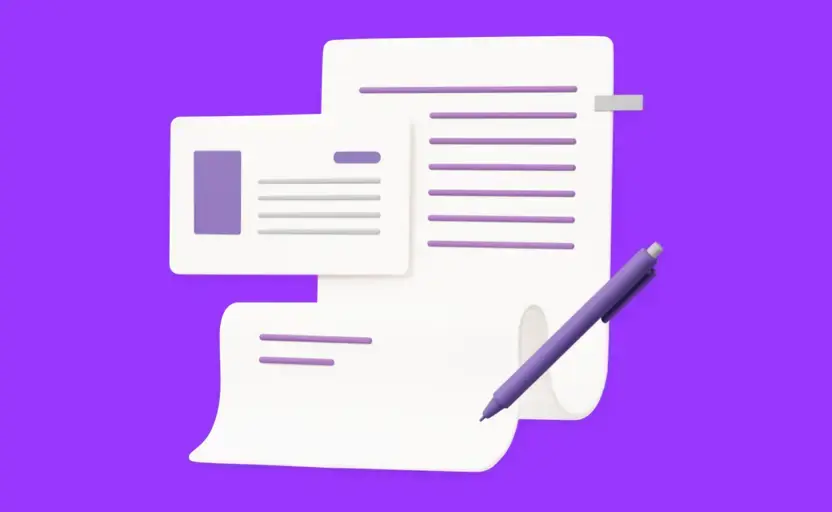Get a job in Scotland
Use our search to scan thousands of jobs, including apprenticeships, from a variety of sources. Full-time or part-time, near or far – whatever you’re looking for, we'll help you find it.
What would you like to explore?

Job advice
Get help finding a job, getting work experience and progressing in your career.

CVs, applications and interviews
Learn how to make your CV shine, ace an application and impress at a job interview.

CV Builder
Create your CV one step at a time with hints and tips from our expert careers advisers.